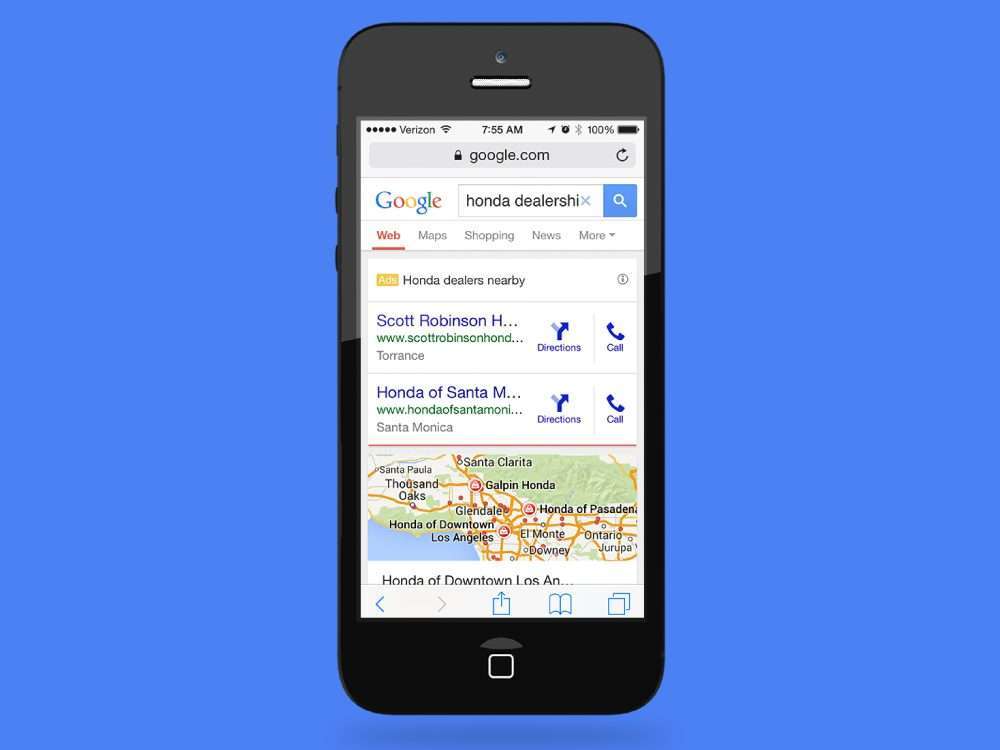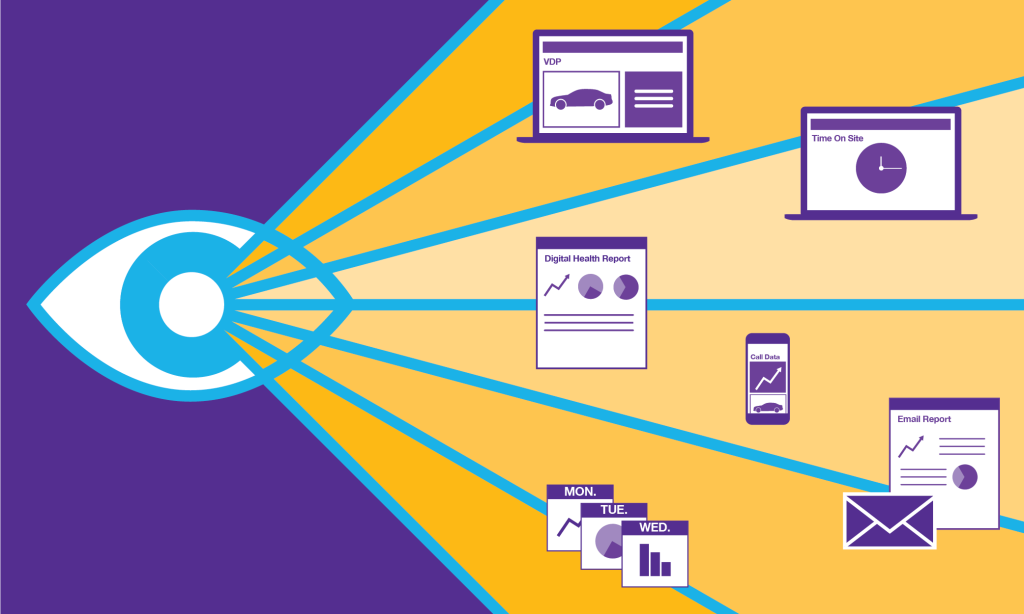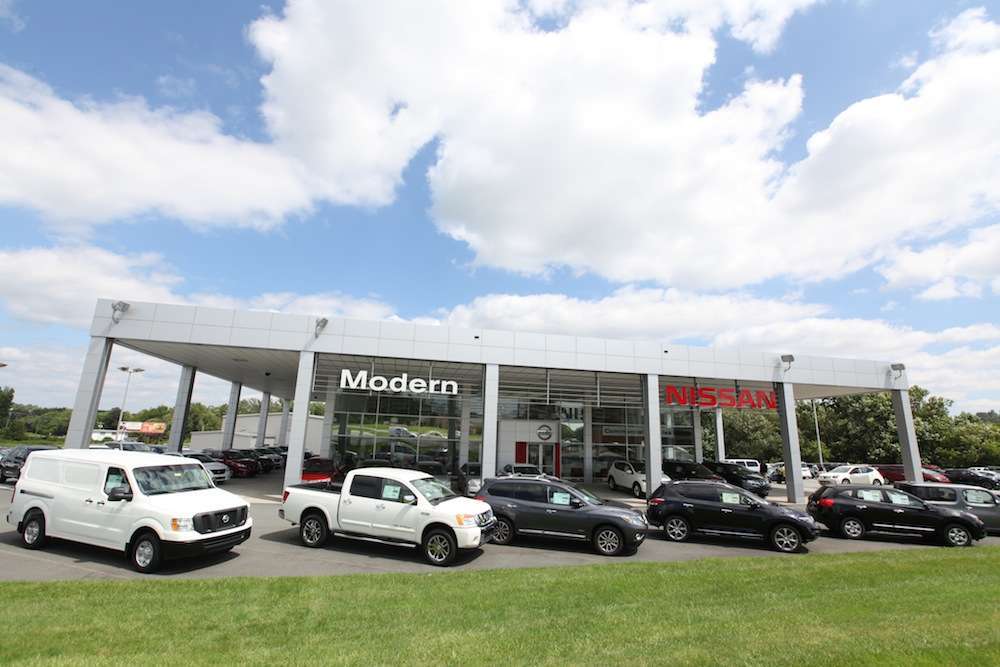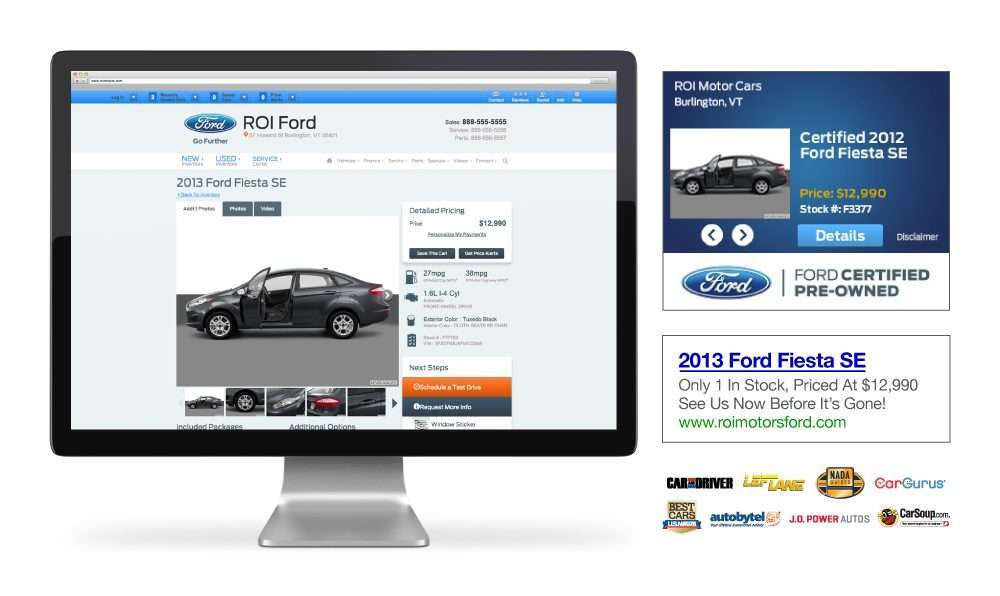Website leads have been a part of selling cars since dealerships went digital. They are a tradition, easy to quantify, and demonstrative of a website’s effectiveness. They are also emotionally resonant: Leads are comforting because we can point to them as an impact that we are making.
As fond of tradition as we are, times are most certainly changing. The demographics of our customers are shifting, and shopping for cars on mobile devices is quickly becoming the norm, not the exception. With these digital trends generated by a new breed of shopper, we, as digital marketers, are in a position to begin looking beyond leads to better assess a wider perspective on digital engagement and its effects on the car-buying process.
But what does this look like?
There is tremendous value in what we can call indirect demand. The good news for Dealer.com customers is you already have the tools to measure and promote the indirect demand generated by your digital presence. Training resources that address the proceeding topics, including Analytics, are accessible in the “Tutorials” section, located on the “Welcome Dashboard” in ControlCenter – shown here:
Let’s explore six ways that Internet Managers can begin looking beyond leads, and begin to take action today:
1. Track VDP views by stock number and communicate them to the sales team and BDC daily.
Vehicle Details Page (VDP) views represent shoppers who have navigated through your website’s path to inventory, have searched for, and actually clicked on a car that piqued their interest. The VDP view number is the quantity of those clicks.
On the lot, many engaged sales managers track the cars that get the most test-drives or walk-arounds, using this data to pump up their sales teams on the vehicles getting the most attention. You can do this for digital, too.
In your Consumer Demand* reports, assess reporting on VDP views for the prior day, week, or even a custom date range. Consider a customer who walks into your showroom asking to see the XYZ make/model car, the one with the black leather interior. How did this customer know that you had this car? He or she looked at your website and clicked through the images on the VDP. Sharing and tracking VDP views can prepare you and your team for those walk-in conversations and help provide some insight into your daily tasks. If you know there is demand around a vehicle, your sales teams and BDCs need to be prepared for the customers coming in to view and test-drive it.
2. Examine and track ‘Exits and Time-On-Site’ for key pages.
For starters, you might look at your Directions and/or Contact Us page, your incentives listing page, specialty listings pages (ex: cars under $10k), and specials pages as indicators of indirect demand.
Use your Content Details Report* to track visits, time-on-page and exits for these and any other pages you think are key. Monitor performance by day and see when these pages are experiencing the most traffic.
These pages are very tactical, and as such, capture the interest of customers that are very low in the purchase funnel. Shoppers are going to visit your directions page when they are ready to come to your physical dealership. They’re going to exit your site from the new car specials page, when your content has created a compelling case for action. Alternatively, if you have new car specials with a low time-on-site, it can alert you early to an opportunity to regroup with your new car and finance managers to re-evaluate your specials.
3. Examine call tracking performance and review calls.
Indirect demand generates far more phone calls compared to traditional leads. If you want colleagues to see some of the indirect demand that you are creating, call data and the calls themselves are a quick win that can connect directly to ups logs, CRM information and sales. You can access recordings of inbound calls through your Leads Application.* Find customers in CRM, ups logs, deal jackets, to name a few.
These opportunities came from your digital efforts. If the customer has not yet visited your dealership, provide the sales agent or BDC rep with your insights from the recorded call and help him or her create a compelling reason to get that customer to visit. If the customer has visited, make sure that it is noted as a website call in the ups log and/or CRM.
4. Pour over your Digital Health Report.
No doubt you already examine some of your website and webstat reporting. Now add your monthly Digital Health Report (DHR),* to the mix, available a few days after each completed month.
While checking on the health of daily sales functions is key, so too is a longer-term view of monthly performance. The DHR is an aggregate of many reports, organizing the data into a logical sequence for a monthly “narrative” of your digital performance. It includes far more than just indirect demand; it provides a more strategic view of your performance. The DHR will inform strategy involving important pieces of your digital marketing: the mix of mobile versus desktop views; mix of phone versus forms; greatest number of monthly VDP views for new and used vehicles; and, origination of web traffic.
5. Schedule report delivery via email.
Sometimes we all need reminders. Convenience should not be overlooked. Schedule the delivery of reports to your e-mail each day. Every report is worth a deeper examination.
6. Review indirect demand data with your sales team and BDC every day.
This is a relatively easy and impactful yet often overlooked step. You should be sharing the impacts your efforts are having on sales and other departments every day. Your digital presence is driving customers to call, click, and view your inventory, which is motivating showroom visits. If these visits are being noted as ‘walk-ins’ in ups logs and CRMs, you are losing the opportunity to prove the value of your position, your efforts, and the potential to increase digital horsepower for your dealership.
It’s important to note that focusing on a single measure of indirect demand can perpetuate just as limited a picture of digital performance as does focusing solely on traditional lead form submission. Perform all of these tips to truly capitalize on opportunities as Internet Manager. You are driving indirect demand and the direct demand that results from it. Connect the dots and communicate the work you are doing each day and the resulting sales opportunities and deals that are feeding your dealership.
Patrick Wyld is Learning Solutions Manager at Dealer.com
*A proprietary Dealer.com product or service.









